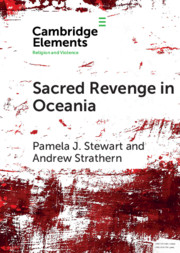Element contents
Sacred Revenge in Oceania
Published online by Cambridge University Press: 01 December 2018
Summary
- Type
- Element
- Information
- Online ISBN: 9781108675918Publisher: Cambridge University PressPrint publication: 29 November 2018
References
- 5
- Cited by



